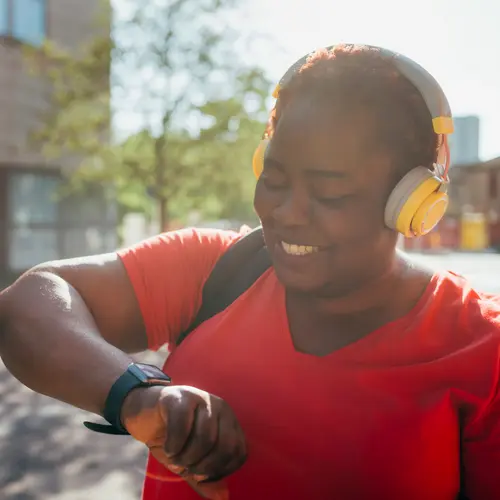Diabetic service dogs, also called diabetic alert dogs or DADs, are trained to let you know when your blood sugar has spiked too high or dropped too low. This way, you can take action before the problem turns into a medical emergency.
How Do Diabetic Service Dogs Help People with Diabetes?
If you have diabetes, your body has trouble processing the food you eat and turning it into energy. This means that diabetes can cause your blood sugar levels to build up and reach dangerous levels. This is called hyperglycemia, and it can lead to serious complications, like eye diseases, kidney damage, heart attacks, and strokes.
To treat diabetes, a medicine called insulin can help keep your blood sugar levels from rising too high. But, a common side effect of insulin is hypoglycemia. This means your blood sugar level drops too low. Hypoglycemia can cause seizures and coma, so it’s important to treat it as soon as possible.
Dizziness, confusion, and drowsiness are symptoms of both severe hyperglycemia and severe hypoglycemia. A diabetic alert dog is trained to alert you of a blood sugar drop or spike while you’re still awake enough to treat your blood sugar levels or get help.
The way a diabetic service dog tells you that you need to check your blood sugar depends on their training. Some diabetic alert dogs are trained to paw, nudge, lick, or stare at you, while others are taught to jump, bark, or whine. Some dogs have been taught to bring a blood glucose monitor to their owner.
How Do Diabetic Service Dogs Detect Blood Sugar Levels?
After reports of untrained pet dogs displaying behavior changes when their owner’s blood sugar levels were low, experts began to study ways to specially train dogs to notice and alert people.
Scientists think that dogs smell chemical changes in your breath, saliva, and sweat that happen when your blood sugar levels shift.
Diabetic alert dogs are trained using samples of sweat from their potential owners, including some taken when the person has low blood sugar and some taken when they have normal blood sugar levels. The dogs are rewarded during training every time they detect the low blood sugar sample.
Are Diabetic Service Dogs Reliable?
Several scientific studies have found that diabetic service dogs are successful in alerting more often when their owner has low blood sugar than when their blood sugar level is normal.
Other researchers found that diabetic alert dogs varied greatly in how accurately they detected blood sugar changes, with many dogs performing no better than they would have by chance.
A 2016 study showed that diabetic alert dogs often detected hypoglycemia in their owners when those people had no symptoms and would not have otherwise known that their blood sugar was low. But the dogs were much less accurate than a continuous glucose monitor, a wearable device that checks your blood sugar throughout the day.
Challenges with Diabetic Service Dogs
One of the main reasons many people with diabetes want a diabetic alert dog is to alert them when their blood sugar drops in their sleep. But the problem with this is that dogs have to sleep, too, and their accuracy has been found to be much lower at night.
Another challenge with diabetic alert dogs is that they typically cost between $8,000 and $20,000 initially. Although, some organizations provide free service dogs if you pay for the training, so it may be worth doing more research.
As with all animals, there are ongoing expenses to keeping a diabetic alert dog, like veterinarian bills and buying food. The dog may also need to be regularly tested by a trainer to make sure they are still able to detect changes in your blood sugar levels. This could lead to some dogs needing additional training from time to time.
Benefits of Diabetic Service Dogs
Even in studies where the researchers were not impressed with the dogs’ performance, the dogs’ owners reported feeling very satisfied with their dogs. They trusted their dog to alert them during a low blood sugar event and felt that their blood sugar control had improved. Other reported benefits include:
- less time spent worrying about hypoglycemia and hyperglycemia
- ability to take part in more physical activities
- improved blood sugar control
- fewer episodes of passing out from low blood sugar
- fewer events for which paramedics (911) had to be called
- greater independence
- improved quality of life
Diabetic alert dogs can’t replace responsible individual management of the condition. If you have a dog, you’ll still need to monitor and treat your blood sugar regularly. Talk to your doctor about monitoring and alert options that may be best for you.

